Rodinal and I
A journey with an old friend
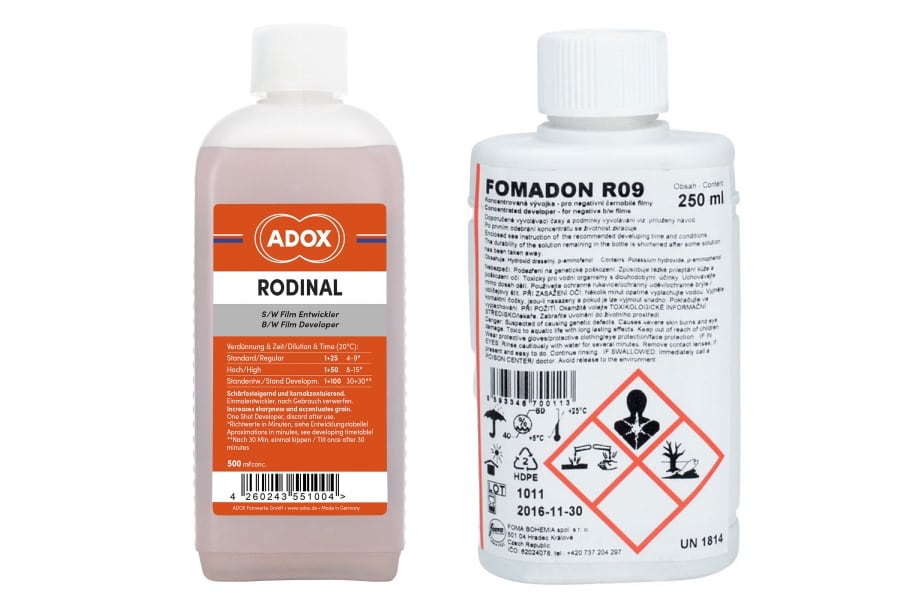
Beginning the journey
I’ve been hanging out with a new friend. He is quite an old gent, been born around since the 1890s, but he is still managing to increase his standing in the analogue community despite his age. His name is Rodinal, and he and I are taking a journey together.
While thinking about how I would approach this article, I had thoughts of the movie , and drew similarities between the two characters in the Camden Town flat and wanting to get away from their London abode and travel to the Lake District, and my developing in the same film developer, Ilfosol 3, and wanting to try something new. Firstly, let me state that there is nothing wrong with . It is a great all-round developer that has never let me down. I admit it was a case of “it’s me, not you” that has started me on this journey.
When I started to look at how different developers give us different levels of acutance and contrasts, I was very keen to experiment. You can develop films with different solutions to control aspects of the film, including sharpness, contrast or grain size. What, I hear you say? Well, yes, and there is no need for Photoshop skills to do so.
When at school, I remember using , which is a great all round film developer. We used it because Mr Jenkins, our Technical Teacher, liked the small grain size and details you get in the shadows, but it needed help to get the best results out of the negatives. We had to resort to tricks to make the images punchier, which usually meant using Grade 4 or Grade 5 paper to push contrast and sharpness. (Yes, in my youth I was using the uttered in the Lego Movie, “I only work in black, and sometimes in very, very dark grey!”)
So, with a desire to explore fields anew, and having researched the different types of developers available, I decided that Rodinal was a good choice to take on this journey. I have not done a lot with it yet, having only developed 5 films, but I am beginning to really enjoy the results I get from this very capable developer.
Thanks once again goes to Chris Reid of , in Laguna NSW Australia for suppling the Fomadon R09 Rodinal Developer.
The journey so far
So, what have I discovered so far about Rodinal? The first thing is that is a very good developer. It is not suited to all films and all situations, but it is fantastic for Ilford HP5+ and FP4. These two films are my ‘go to’ films and I have developed two rolls of both in Rodinal. The results are something else, they have excellent acutance, or sharpness, and lovely tonal range.
In the following example shots, the ratio was 1:25. This is the most concentrated mix I have found people using.
FP4 Examples
Ilford FP4
Rodinal Developed

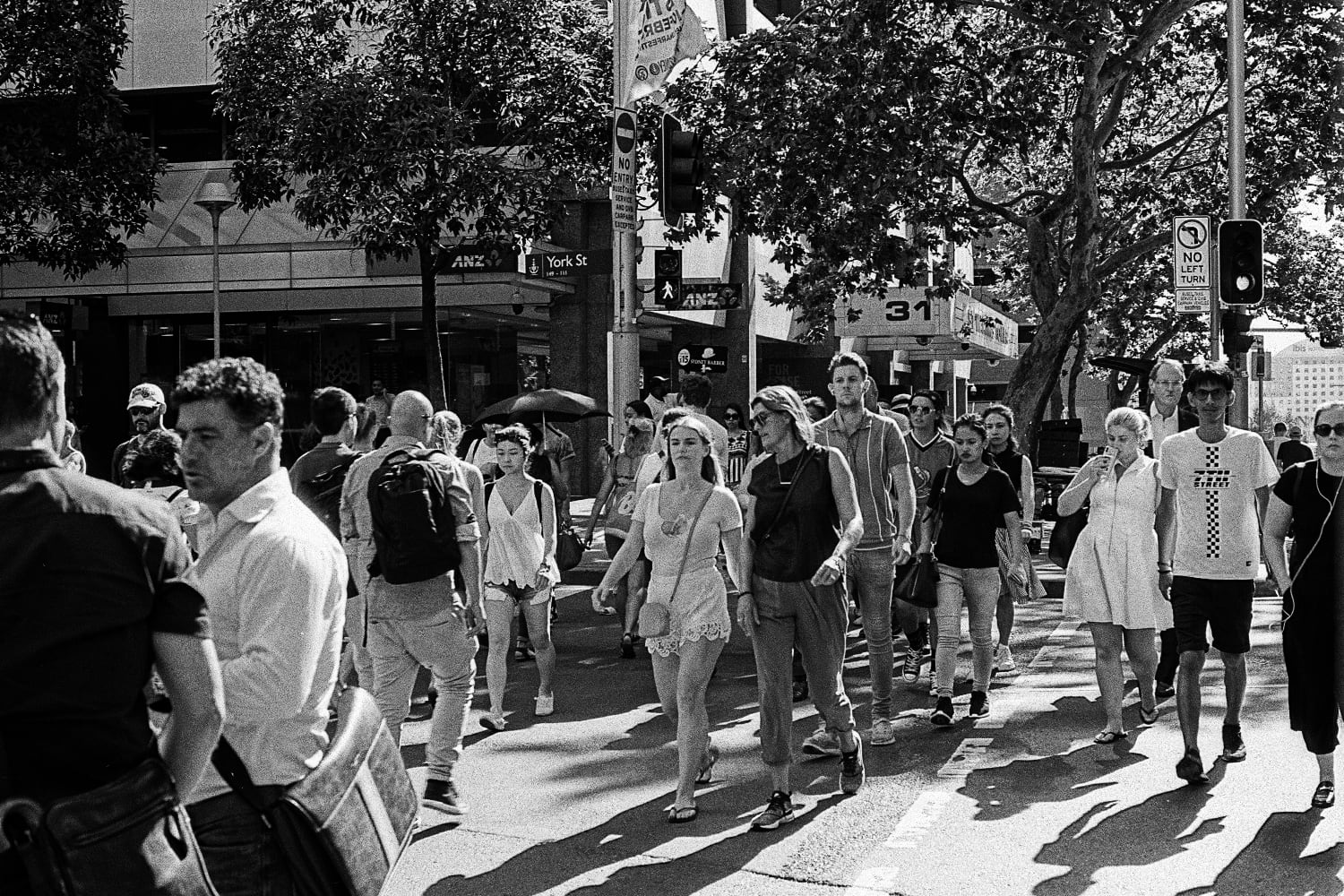
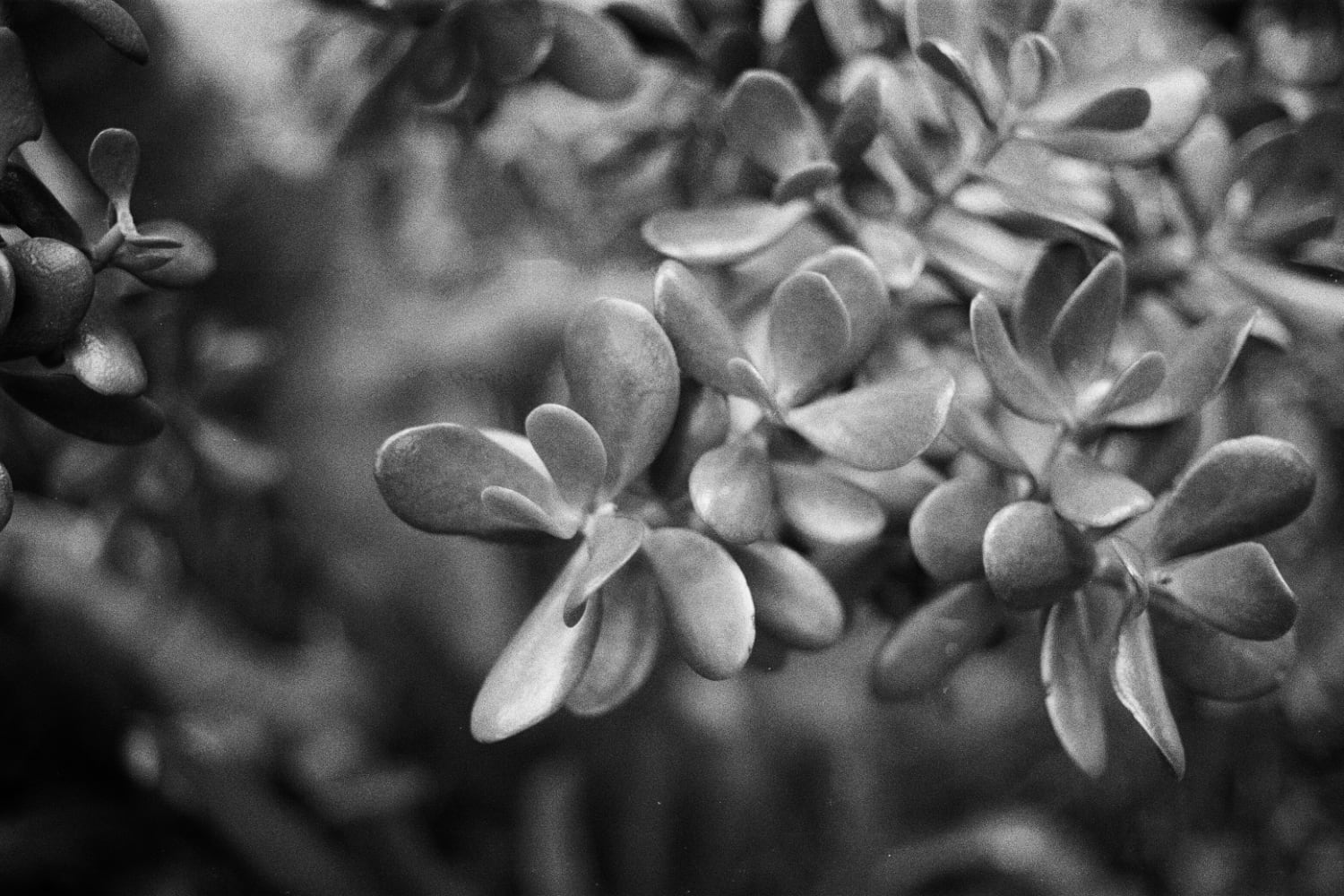
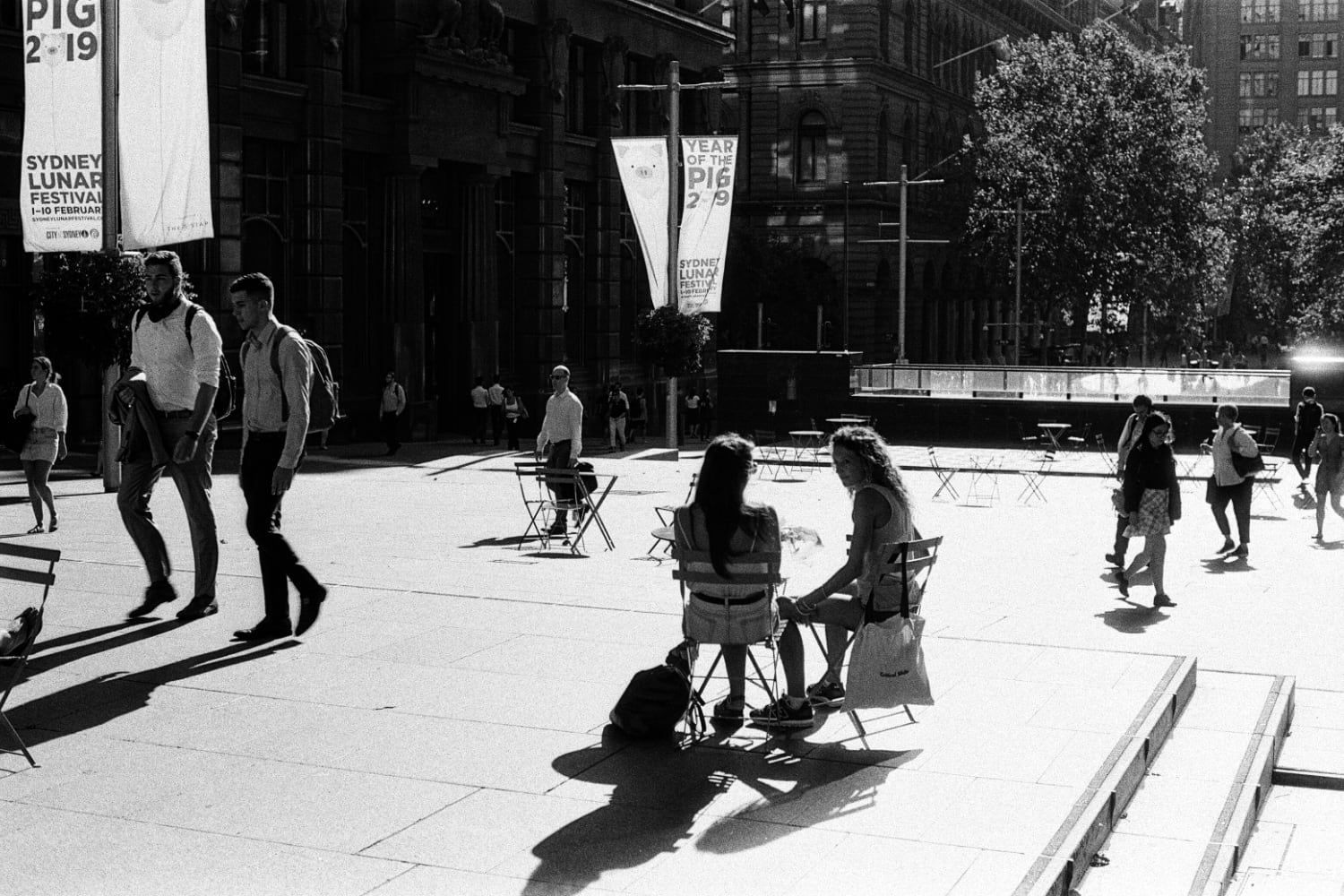
HP5 Examples
Ilford HP5
Rodinal Developed
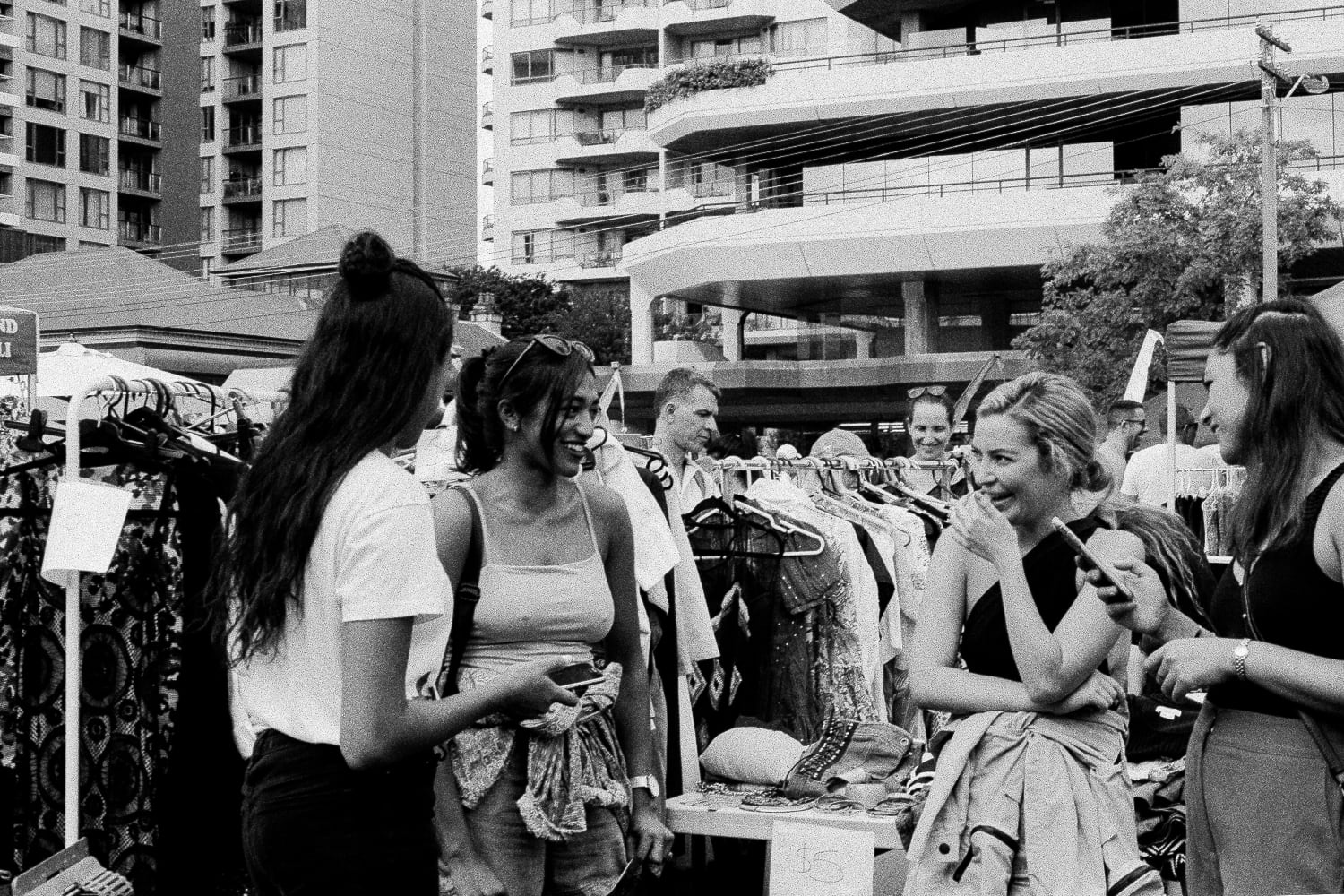
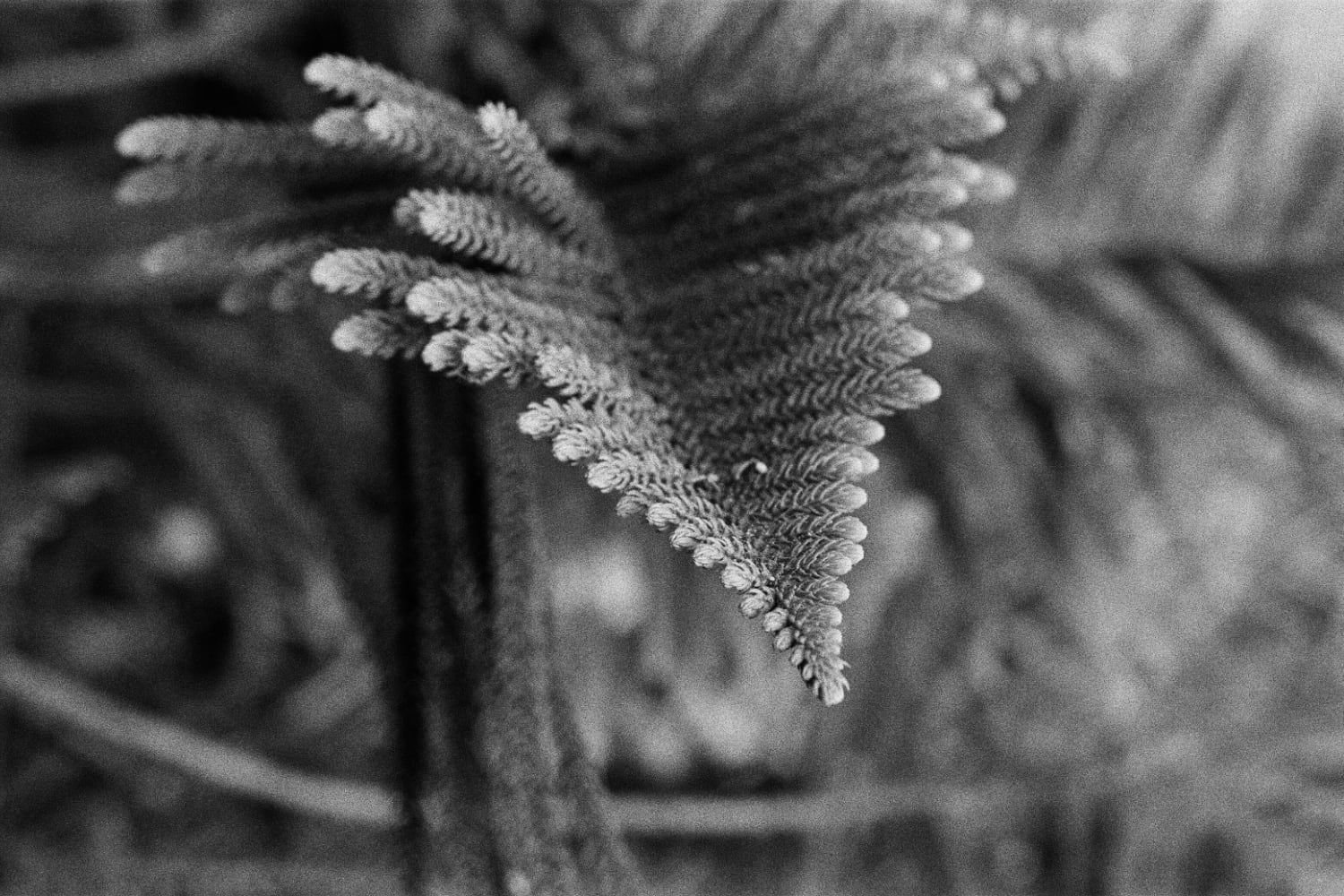
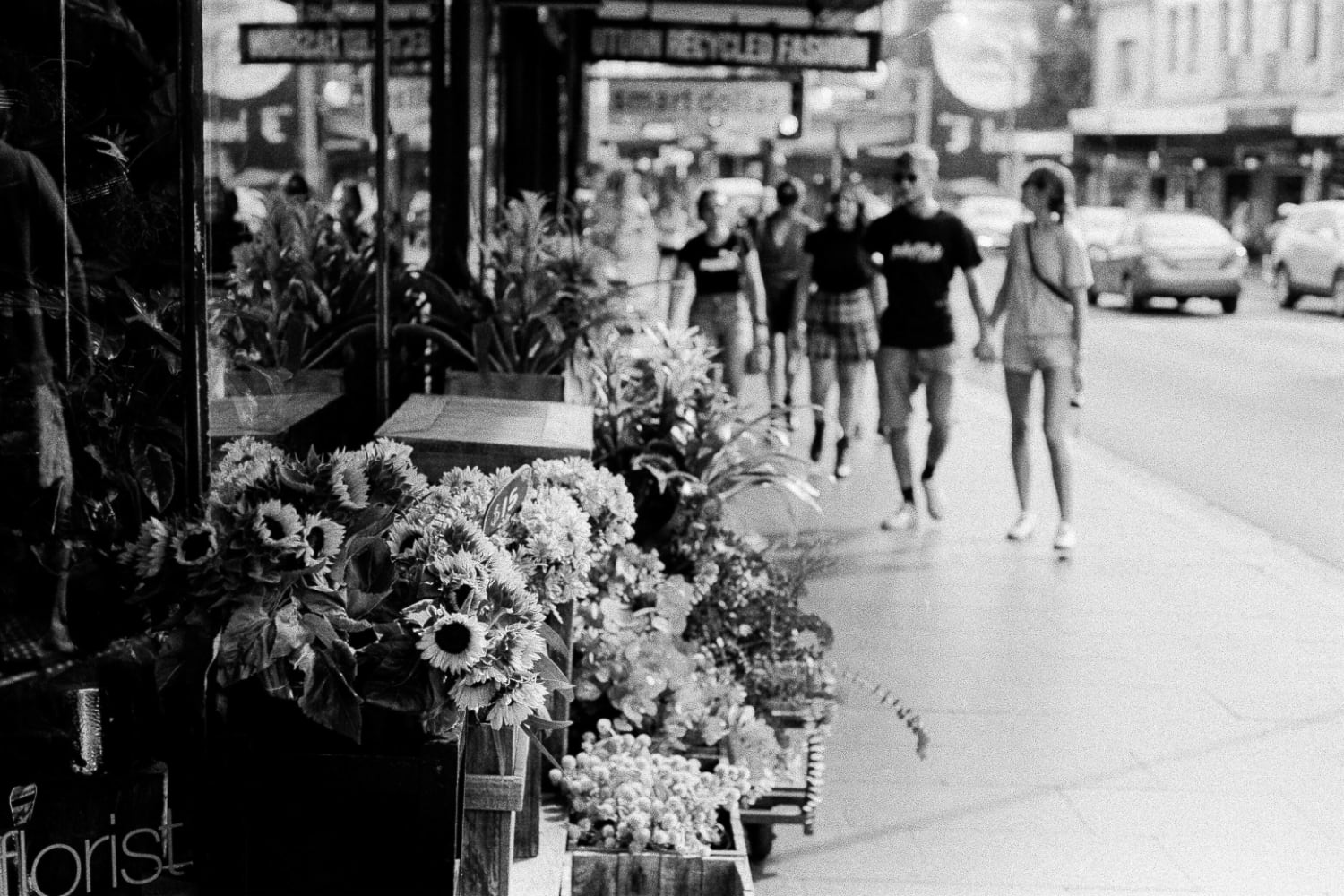
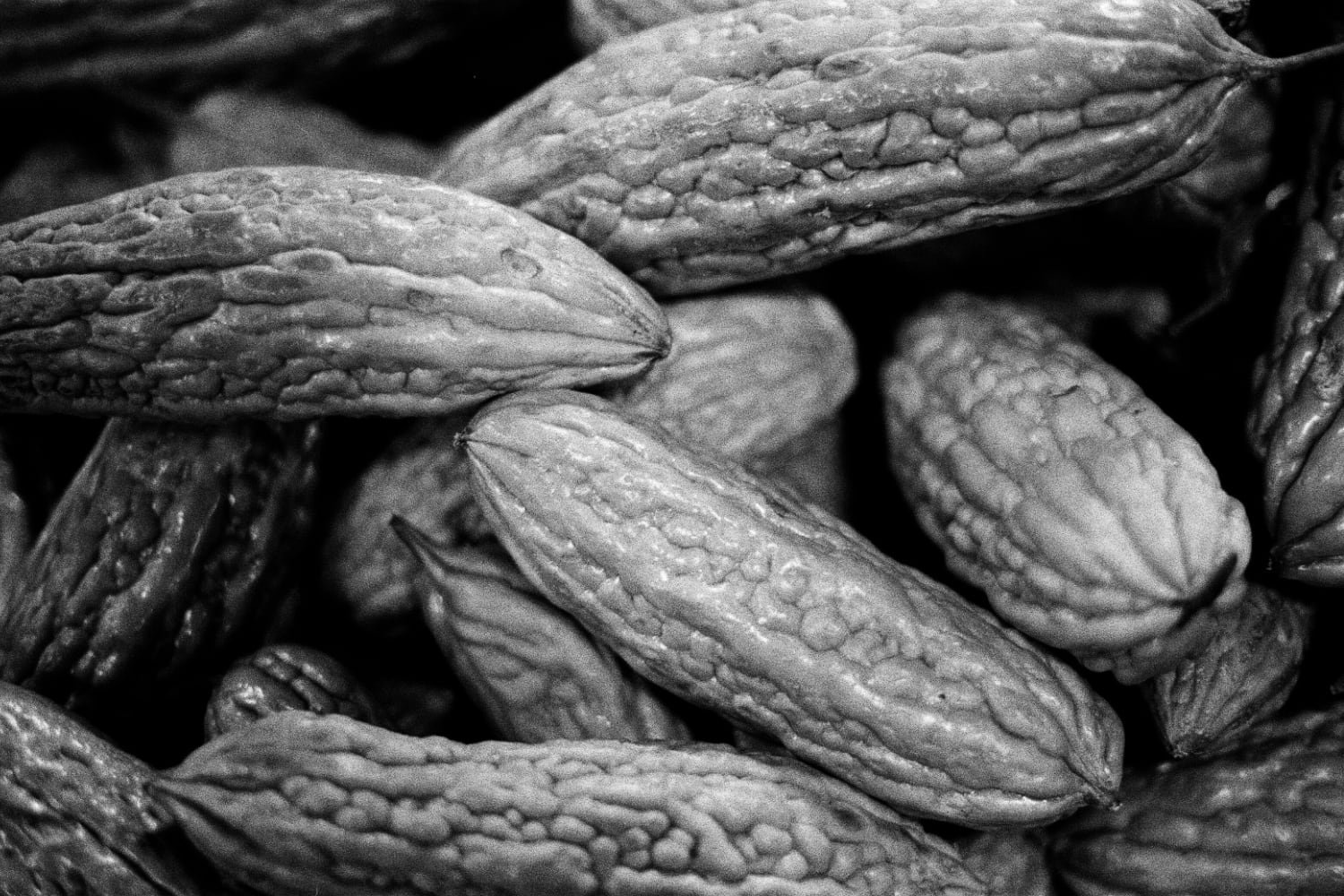
XP2 Examples
One experiment I was very keen to try was XP2 in Rodinal. I was reading Ilford Monochrome Darkroom Practice when I read that XP1, the predecessor to XP2, could be successfully developed in Black and White chemicals. I shot a test roll and developed the roll in the very diluted ratio of 1:100. The development time was 120 minutes at 20ºC which I agitated for the first minute and then 10 seconds every 30 minutes. Also, I had read in the Darkroom Cookbook the danger of exhaustion of highly diluted chemicals, I opted to make 50% extra developer to avoid that particular issue.
As to the results of developing XP2 in Rodinal, I have to say I am really impressed with the results. Not only am I very pleased with the way the images look, but the grain also is not an issue, which is one very nice thing about the semi-stand development.
Ilford XP2
Rodinal Developed

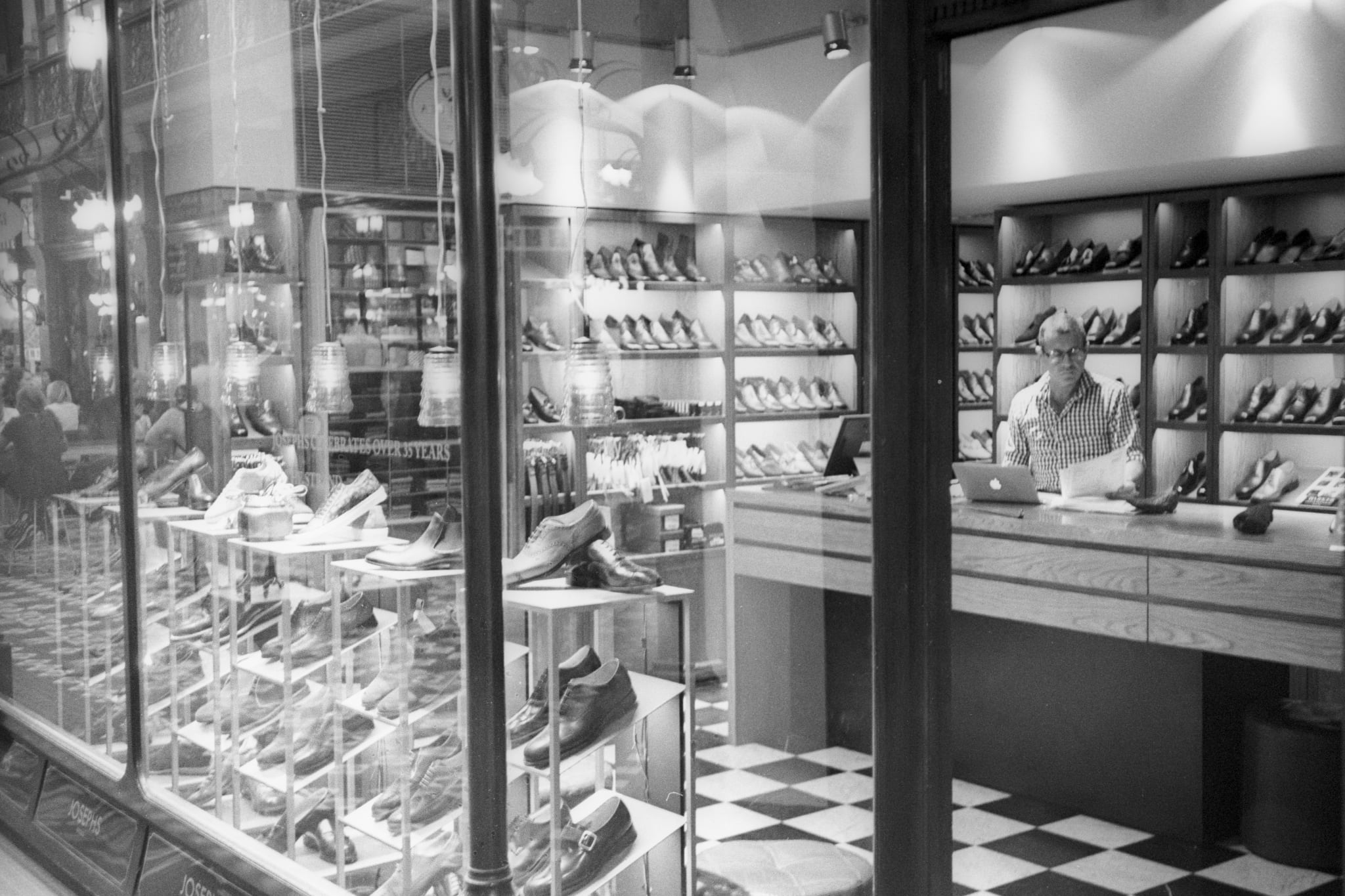
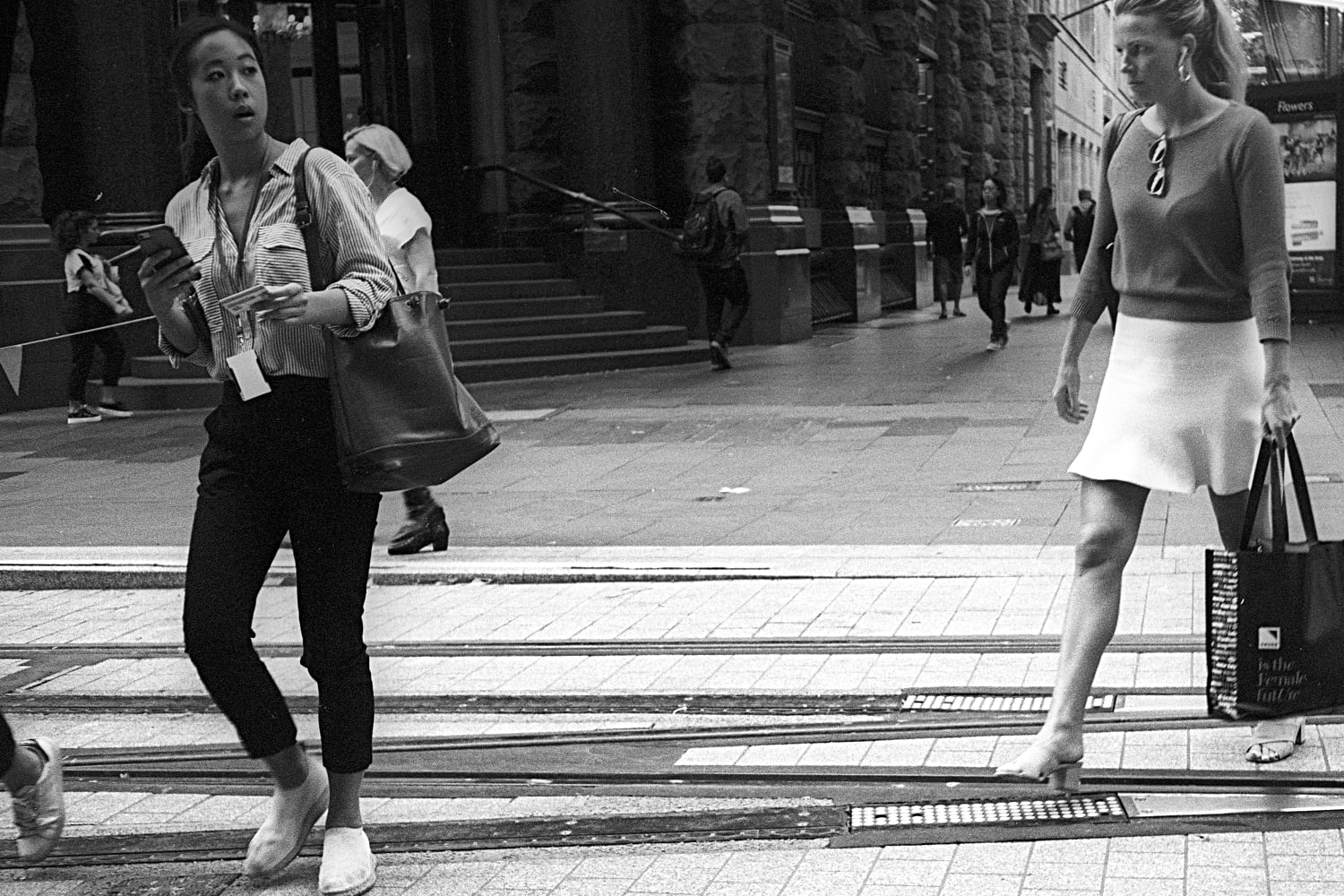

Pros and Cons
So, what are the downside of Rodinal? Reading about the developer, the main discussion is around the graininess it produces. This seems to the biggest concern people have when using the developer. Let me say that in digital scans there is apparent graininess, as shown, but it gives a lovely feel to the image.
Just click on any of the images and see what you think. Of course, the question about grain is subjective, but to me it gives the image a lovely feel.
Beyond that, some complain that the contrast and tonal range. Again, you will have to determine if that is correct or not.
Conclusion
While I am still very new to Rodinal, it is a developer that I like. I will be trying different ratios to see if that affects the results, and I will update this article with more details as I do so. It has a large following, and getting advice is very easy. Just reach out to the usual forums on Flickr, Photrio.com and the like.
So, am I going to be like the Withnail and return to my old ways after my metaphysical journey to the Lake District? Well, maybe, for Ilfosol 3 is a great developer and I do love the consistent results you get from it. In fact, while away in the Hunter Valley for a few days recently, I was swigging on the Ilford stuff, well my films have been doing so as I uttered “What a piece of work is a Rodinal man.”
On the other hand, I am also a bit like Marwood, as I want to take a new journey with different developers. So, I will use Ilfosol 3 when I need consistency, especially for commercial work, but for my own projects will see me experimenting. Some of those experiments will be with Rodinal, while others will see me making my own developers, especially the divided and water bath developers that allow even greater control over the process.
Rodinal will be a companion that will be around for a long time, and I look forward to understanding how he is best suited to developing film. Best of all, the cost of the developer is about 40 pence a go, or around about 70 cents for our US cousins, so it is something that is priced to allow more people to start their own "awakening" about Rodinal without breaking the bank.
More Information
Foma's Rodinal information sheet
AdoxAdox Rodinal Information
Blanco NegroAustralian based Darkroom printing and Foma Products
AG PhotographicsBritish Photographic supplier
B&H Photo VideoRodinal page on B&H website